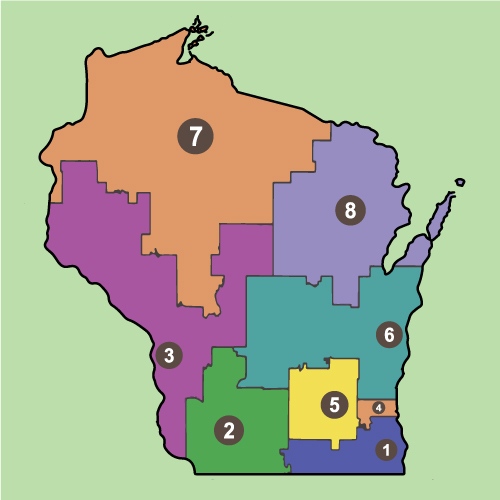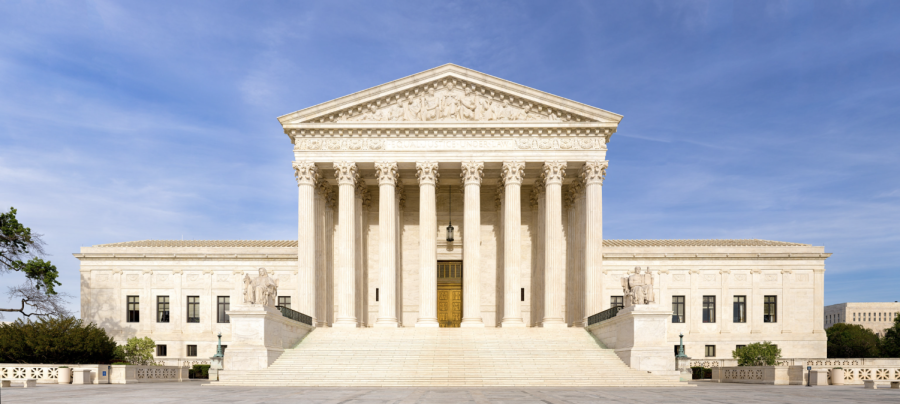
In what some consider an unexpected move, the Republican-majority Wisconsin Assembly passed a redistricting reform plan Sept. 14, aiming to transfer map-drawing powers from lawmakers to a nonpartisan committee.
Democratic Gov. Tony Evers opposes the bill, labeling it “bogus” and signaling a likely veto. Although Evers has previously advocated for a nonpartisan redistricting plan, he does not accept the current proposal.
What is in the bill?
The proposal, which still requires approval from the Republican-led Senate and Gov. Evers to be enacted, requires that the drawn maps cannot favor a specific political party, incumbent or any external entity. Should the bill become law, new maps would need to be implemented by Jan. 31, impacting the 2024 election.
Under the map proposed by Governor Evers, Democrats would have won 39 seats out of the 99 in 2022, and 43 seats under the map drawn-out by the People’s Map Commission. The outcome of these potential maps would remove the Republican-led supermajority in the general assembly and allow for more bipartisan bills to emerge.
Why are most Democrats rejecting this bill?
Evers’ team sought a three-fourths majority rule to ensure bipartisan agreement in passing maps. Instead, Republicans modified it, allowing approval with a smaller majority, though requiring bipartisan votes and removing the Legislature’s ability to alter maps.
Republican Assembly Speaker Robin Vos told Democrats they had a unique opportunity to fulfill a promise made to their constituents, describing it as a positive day of which they should be proud. Top Democrats in the state such as Ben Wikler, chair of the Democratic Party of Wisconsin, has said that he will be working to make sure the maps are drawn more representative to the state.
Wikler led the effort to elect Wisconsin Supreme Court Justice Janet Protasiewicz earlier this year – a candidate who said the Wisconsin electoral maps are “rigged.”
Democrats have not held a majority in the Senate since the 2012 election or the Assembly since 2011.
The Assembly passed the bill with a 64-32 vote; one Democrat sided with the Republicans after a series of amendments. The amendments require bipartisan votes for any maps to be passed and that the power to modify maps must be removed from the Legislature, instead being relegated to nonpartisan staff.
Why is there being efforts to impeach Janet Protasiewicz over these map changes?
Republicans continue in their threats of impeaching Justice Protasiewicz, amid two ongoing redistricting lawsuits.
The first suit, filed the day after Protasiewicz was sworn in, is alleging the current legislative maps, drawn by Republicans, are unfairly gerrymandered and violate the state’s Constitution by taking away the voting power of liberal citizens. The second suit claims Republican-drawn legislative maps unconstitutionally dilute Democratic voting power, demanding unbiased maps for the 2024 election.
The two suits are urging the state Supreme Court, where liberals now have a slight majority, to create and implement new, equitable election maps to ensure fair representation in future elections.
Democrats, advocating for redistricting reform since the 2011 Republican-drawn maps, appear to be relying on the new liberal majority on the Wisconsin Supreme Court to enforce the drawing of Democrat-favored maps.
What changes are coming to Wisconsin’s Congressional maps?
Protasiewicz and the Wisconsin Supreme Court are set to hear on the future of Congressional maps in Wisconsin. Currently, Republicans control six out of the eight U.S. House districts, with Democrats hoping to overturn two of those seats in the upcoming election, leaving a 4-4 tie.
As control of the House gets more narrower over the years, swing-states like Wisconsin may be able to determine the majority in the House of Representatives.
With lawsuits regarding new maps still pending and unresolved political threats against Justice Protasiewicz, the controversy surrounding Wisconsin’s state and congressional voting maps is far from over.
This story was written by Uzair Qhavi. He can be reached at uzair.qhavi@marquette.edu or on Twitter @uzairqhavii.










